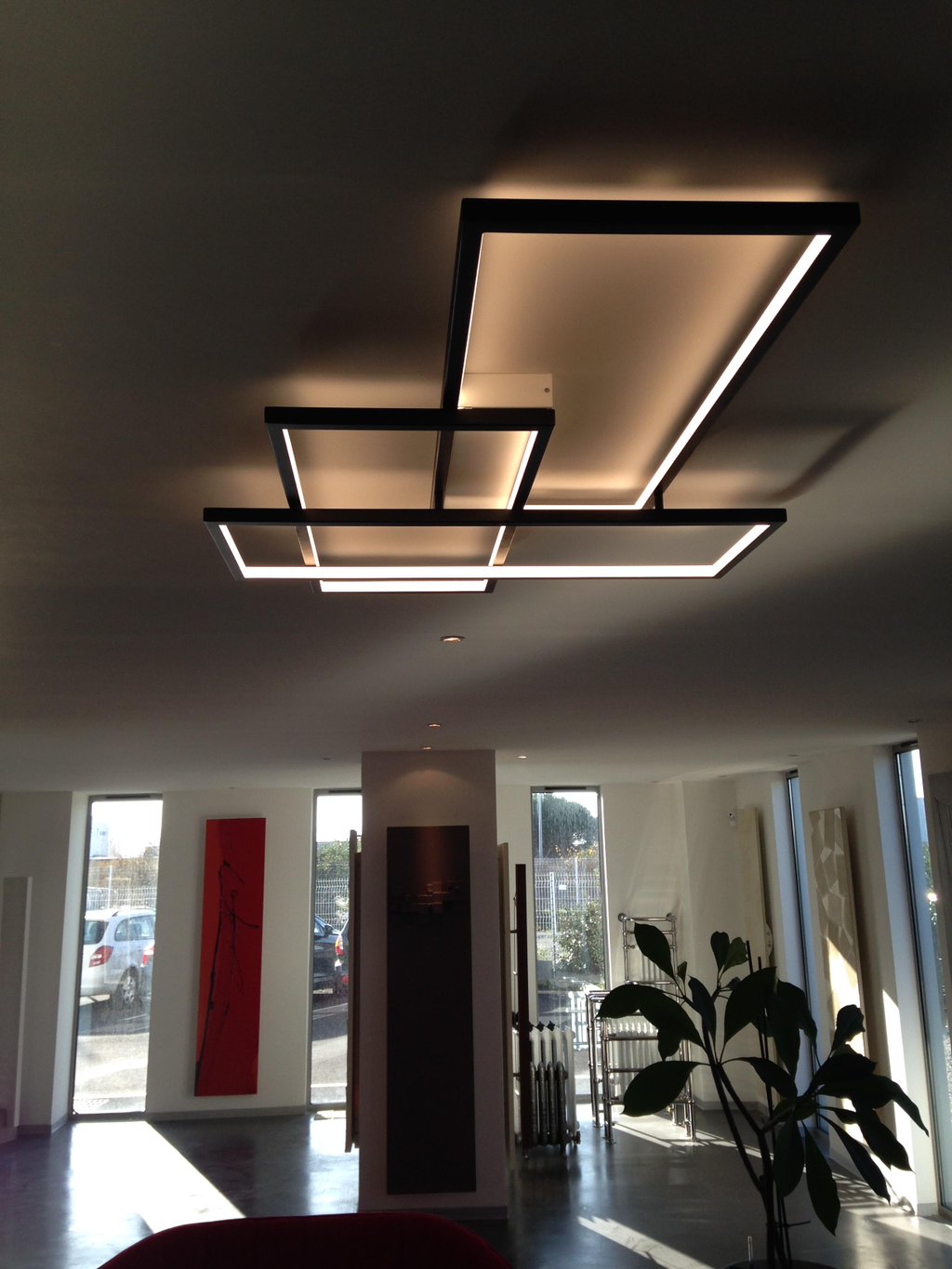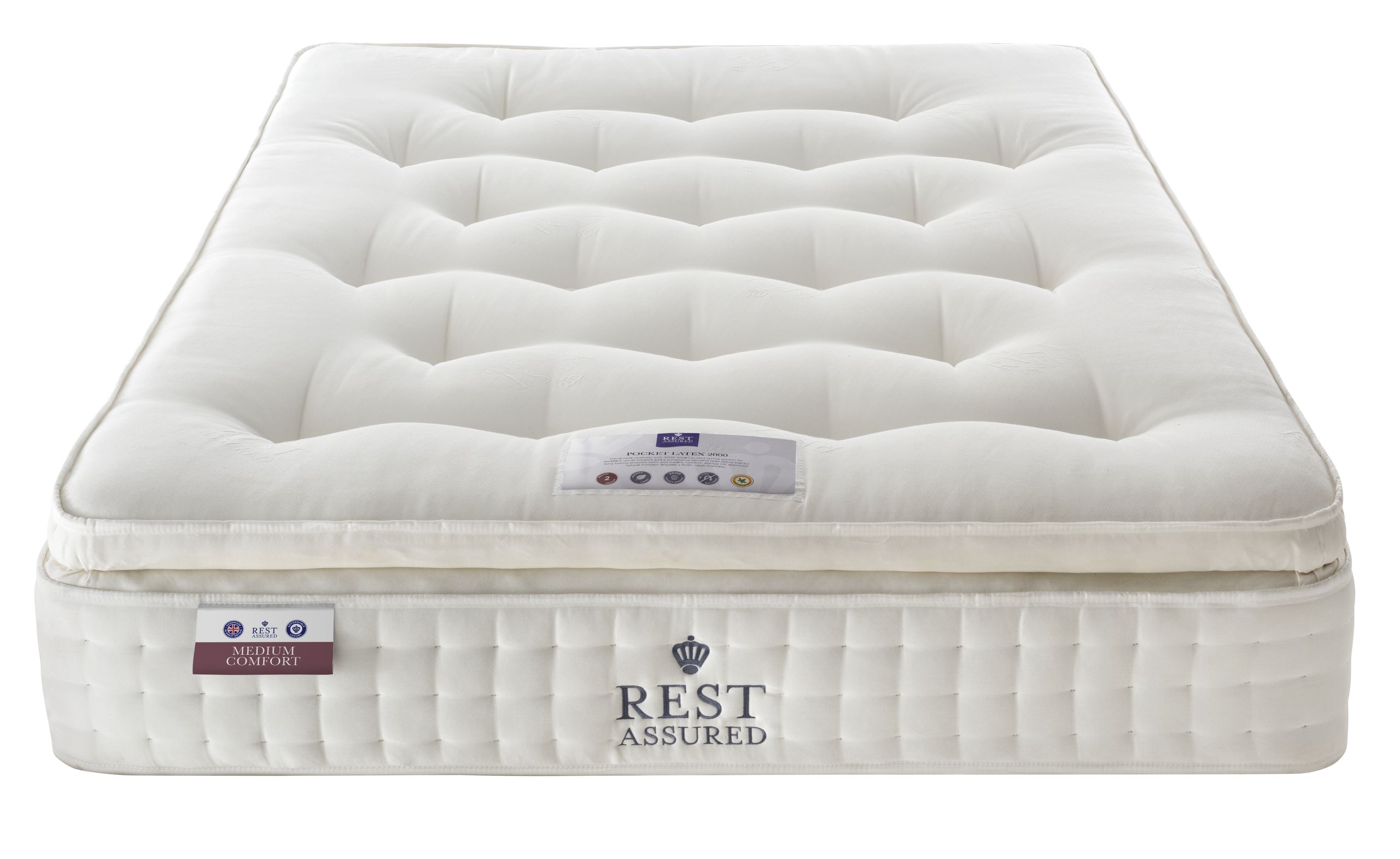Cabinetry |
Cabinetry refers to the built-in furniture used in kitchen design, which is typically constructed from either wood or metal. It may include a sink, cupboards, drawers, shelves and other surfaces and is customized to fit the intended use and layout of the kitchen. Cabinets are also typically placed close together near the countertops to maximize storage space and to give the kitchen a cohesive look. The different components of a cabinetry should be chosen carefully to suit the desired aesthetic.
Kitchen Island |
A kitchen island is an essential part of many kitchen designs and is a great way to create extra storage, workspace and socializing area. It usually consists of a countertop, cabinets, shelves and drawers. The island typically has a raised bar to provide additional seating and is usually located in the center of the main kitchen, but can also be placed in an off-center position to suit the layout of the space. Islands may include additional features such as sinks or dishwashers depending on their intended use.
Countertops |
Countertops are a major focal point of a kitchen and are features that should be carefully considered. There are many materials on the market to suit every budget and style, with countertops typically made of stone, ceramic, wood or laminate. Their beauty and functionality should both be taken into consideration when making a selection. Additionally, many countertops may include an integrated sink for added convenience.
Appliances |
The appliances in a kitchen can make a large difference to the overall functionality and look of the room. From the traditional stove, oven and refrigerator to more modern additions such as dishwashers and microwaves, the style and choice of appliances should be carefully selected to match the desired look. Kitchen appliances should also be chosen based on their energy efficiency for both cost savings and environmental consciousness.
Floors |
The flooring of a kitchen needs to be both functional and aesthetically pleasing. Many materials can be used in relation to the intended style of a kitchen, ranging from vinyl and laminate to stone and tile, depending on the desired look and budget. The chosen flooring should also be able to withstand the wear and tear of daily kitchen use in order to be practical and easy to clean.
Lighting |
The type of lighting chosen for a kitchen will be based on both creating an inviting atmosphere and providing sufficient illumination. This can range from indirect ambient lighting to spotlights over food-preparation areas or other spots of the kitchen that require task lighting. The available options are varied and the kitchen lighting should be chosen to be both effective and aesthetically complementary.
Hardware |
Necessary hardware should be selected to accent the cabinetry in the kitchen. From handles to knobs, they should be chosen as both a functional item and a design element. The hardware should match the aesthetic of the kitchen or the particular cabinetry, ensuring a cohesive look.
Wall Treatments |
An often-overlooked element of kitchen design is the walls. This can range from paint colors to wallpapers and textiles to represent an additional design layer. Wall treatments can also act as a way to separate the kitchen space from the adjacent dining or living area, creating a comfortable and homely feel to the kitchen.
Seating |
Seating should be selected to match the overall design of the kitchen and its intended purpose. Whether it is for dining and entertaining or a quick breakfast, the seating should provide comfort and also suit the style of the space. This can range from traditional stools to more modern configurations, such as chairs or a banquette.
Storage |
Storage is an important part of a kitchen and should be well incorporated into the design. Whether this storage is in the form of cabinets, drawers, shelves or other options, the positioning should make the most of the available space. It should also consider the items that need to be stored and the frequency of their use.
Backsplash |
The backsplash is the focal point of any kitchen and should be chosen carefully. This includes the wall material, size, positioning and trim used to frame the area around the countertops. Backsplashes can be made from both tiled and non-tiled materials, giving a range of options to incorporate into the overall look and feel of the kitchen.
Kitchen Design Terms & Definitions
 Whether you are planning a complete remodel of your kitchen or simply redecorating smaller elements within it, there are various
kitchen design terms
and phrases that come up often. Understanding these concepts will help ensure your vision for the kitchen comes together perfectly.
Whether you are planning a complete remodel of your kitchen or simply redecorating smaller elements within it, there are various
kitchen design terms
and phrases that come up often. Understanding these concepts will help ensure your vision for the kitchen comes together perfectly.
Countertops
 The countertop is the surface found on top of your kitchen cabinets. This surface can be made out of various materials such as
granite, stainless steel, tile, and laminate
. Each material has its own advantages for your kitchen depending on desired look and performance.
The countertop is the surface found on top of your kitchen cabinets. This surface can be made out of various materials such as
granite, stainless steel, tile, and laminate
. Each material has its own advantages for your kitchen depending on desired look and performance.
Appliances
 Appliances are the devices used for preparing meals. The most common appliances found in a kitchen are
ovens, dishwashers, microwaves, and refrigerators
. In recent years, increasingly tech-driven options such as smart refrigerators and infra red ovens have become popular.
Appliances are the devices used for preparing meals. The most common appliances found in a kitchen are
ovens, dishwashers, microwaves, and refrigerators
. In recent years, increasingly tech-driven options such as smart refrigerators and infra red ovens have become popular.
Cabinets
 Cabinets are the overhead storage found in the kitchen. These come in both floor standing and wall-mounted styles. Cabinets are often made out of
wood, metal, or plastic
, and come in a range of finishes. They are often custom-built depending on the size and layout of the kitchen.
Cabinets are the overhead storage found in the kitchen. These come in both floor standing and wall-mounted styles. Cabinets are often made out of
wood, metal, or plastic
, and come in a range of finishes. They are often custom-built depending on the size and layout of the kitchen.
Hardware
 Hardware includes the
hinges, knobs, and pulls
found on cabinets and cupboards. There are several different styles to pick from, ranging from the classic to the contemporary. It's possible to mix and match between styles to create unique looks.
Hardware includes the
hinges, knobs, and pulls
found on cabinets and cupboards. There are several different styles to pick from, ranging from the classic to the contemporary. It's possible to mix and match between styles to create unique looks.
Layout
 The layout of the kitchen is the arrangement of the different pieces within it. The three primary kitchen layouts are
L-shaped, U-shaped and Galley
. Each layout serves to maximize the efficiency of movement. It's important to plan a layout that best suits your needs.
The layout of the kitchen is the arrangement of the different pieces within it. The three primary kitchen layouts are
L-shaped, U-shaped and Galley
. Each layout serves to maximize the efficiency of movement. It's important to plan a layout that best suits your needs.
Island
 Kitchen islands are often the focal point of the room, and have many different design possibilities. An island typically functions as a separate workspace within the kitchen, and is used for preparing meals or entertaining guests. Common materials used for islands are
wood, concrete, and marble
.
Kitchen islands are often the focal point of the room, and have many different design possibilities. An island typically functions as a separate workspace within the kitchen, and is used for preparing meals or entertaining guests. Common materials used for islands are
wood, concrete, and marble
.





































































































:max_bytes(150000):strip_icc()/farmhouse6-58eec4045f9b582c4d301bea.jpg)
